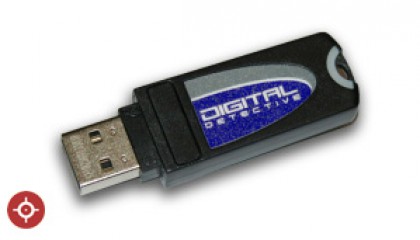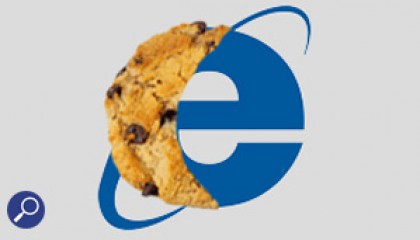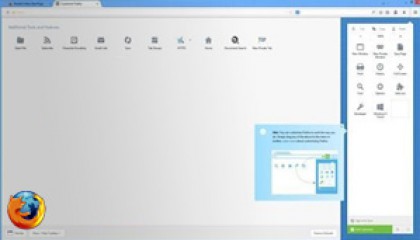Vulnerability in Internet Explorer 6-11
Microsoft announces vulnerability in Internet Explorer web browser version’s 6-11. The vulnerability is a remote code execution vulnerability which if exploited can lead to hackers gaining access and user rights to consumer’s computers.
Microsoft has released a Security Advisory 2963983 explaining the vulnerability.
The vulnerability exists in the way that Internet Explorer accesses an object in memory that has been deleted or has not been properly allocated. The vulnerability may corrupt memory in a way that could allow an attacker to execute arbitrary code in the context of the current user within Internet Explorer. An attacker could host a specially crafted website that is designed to exploit this vulnerability through Internet Explorer and then convince a user to view the website.
Internet Explorer 6 through 11 are vulnerable, on all versions of Windows from Vista to 8 and Windows Server 2003 to 2012 R2. Microsoft has suggested a few workarounds in its Security Advisory which will not correct the underlying issue but will help block known attack vectors before a security update is available.
• Deploy the Enhanced Mitigation Experience Toolkit 4.1
• Set Internet and Local intranet security zone settings to “High” to block ActiveX Controls and Active Scripting in these zones
• Configure Internet Explorer to prompt before running Active Scripting or to disable Active Scripting in the Internet and Local intranet security zone
• Unregister VGX.DLL
• Modify the Access Control List on VGX.DLL to be more restrictive
• Enable Enhanced Protected Mode For Internet Explorer 11 and Enable 64-bit Processes for Enhanced Protected Mode

















